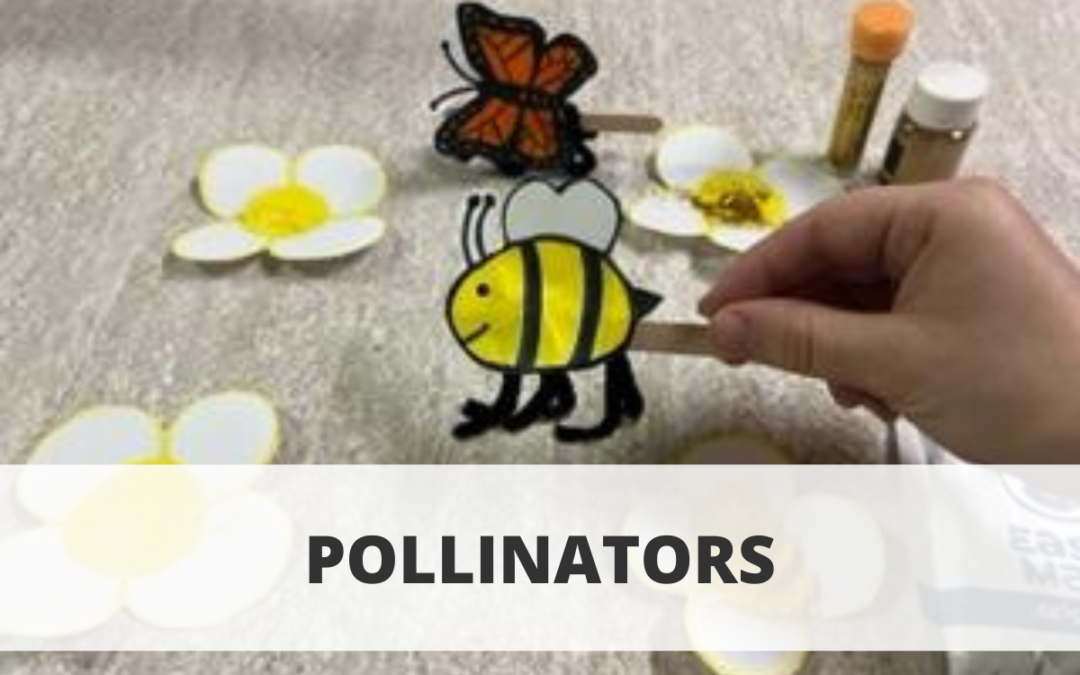Learn how pollinators do their jobs with this activity!
Materials:
- Something to act as pollen such as a cheese pack, glitter, or crushed up cheese puffs
- Paper
- Pipe cleaners
- popsicle sticks, straws, or skewer sticks
- Something to color with
- Scissors
- Glue or tape
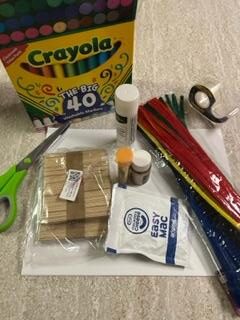
Steps:
1. Draw your pollinators and cut them out. I drew a bee and a butterfly
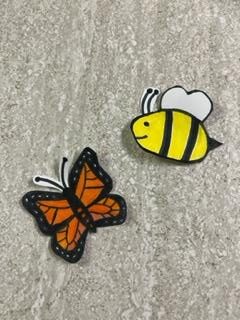
2. Draw your flowers, you’ll need at least two for each pollinator. You can cut the flowers out or draw them on opposite ends of your paper to protect your surface from any dropped “pollen” while your pollinator flies
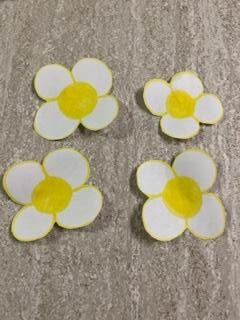
3. Pick a pipe cleaner and cut it into small sections which will wrap around your stick to create legs. Think about how many legs the pollinator you picked has. For example, bees and butterflies have six legs so I cut my pipe cleaners into thirds
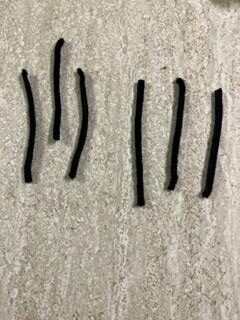
4. Bend the pipe cleaner around your popsicle stick, straw, or skewer stick
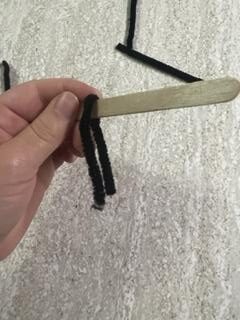
5. Twist the pipe cleaner to secure it to your stick. You may need to twist it twice. Repeat for the rest of the legs
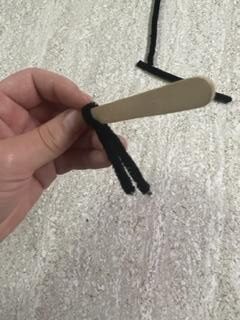
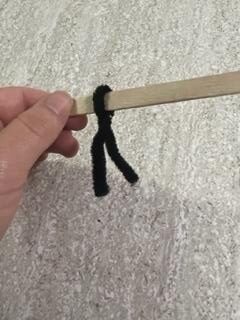
6. Bend the bottom of the pipe cleaners to make it easier to collect the pollen and if you want your pollinator to stand
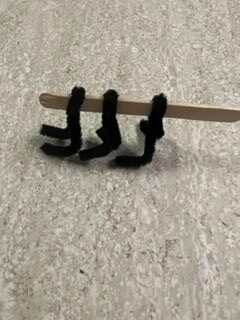
7. Glue or tape your pollinator to your stick
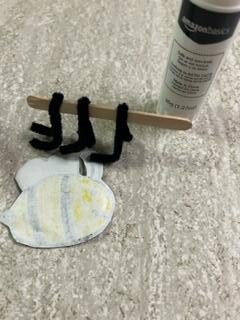
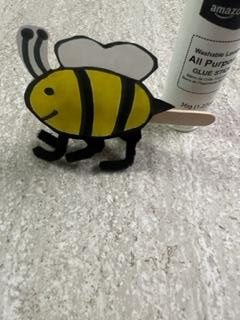
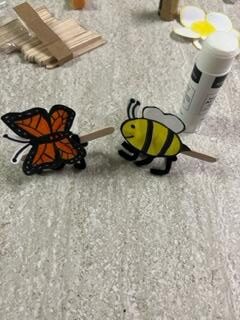
8. Now you can get started on your pollination activity. First start by putting your “pollen” on one flower, you can use things such as cheese packets, glitter, or crushed cheese puffs. This example used one flower with cheese packets and one flower with glitter. Have your other flower or flowers clear of any pollen.
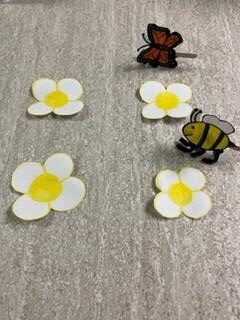
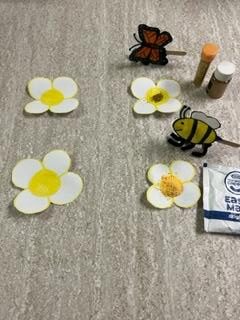
9. Next, fly your pollinator to your flower to drink nectar. When your pollinator lands on the flower it’s body will pick up some pollen. Rub the legs, or pipe cleaners, of your pollinator into your pollen to pick some up
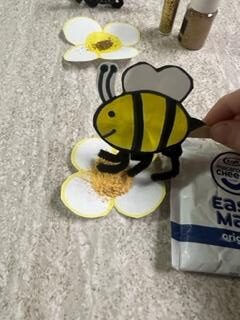
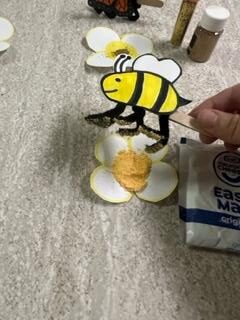
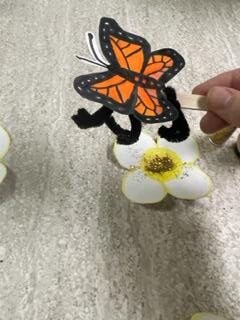
10. Fly your pollinator to another flower
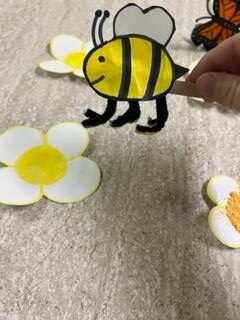
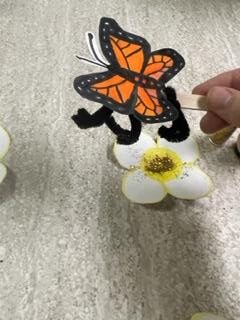
11. Land your pollinator on the flower
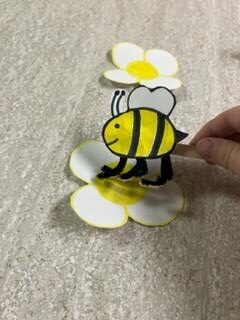
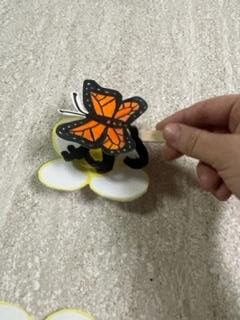
12. Lightly tap your pollinator to release the pollen onto the flower. You have just completed a short version of pollination!
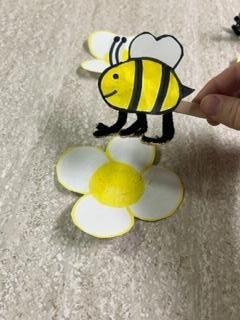
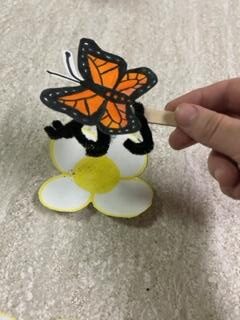
You can keep the activity going by adding more flowers or pollinators.
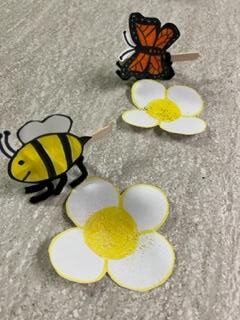
After learning about pollination, you can also make this activity into a fun family game. Have each player start with a pollinator and two flowers. See who can get the most pollen to their other flower in a certain amount of time, such as 30 seconds.
More information on pollination and pollinators:
Pollinators include bees, butterflies, birds, bats, moths, flies, beetles, wasps, and other small mammals.
The pollinator is attracted to the colorful flower and lands on the flower to drink nectar and eat, it transports the pollen they pick up as they move to other flowers. When the pollinator lands, the flower’s anthers rub and drop pollen onto the pollinator. The pollinator then moves to another flower to collect more nectar taking the pollen with it. When it lands on the next flower the pollen collected from the previous flower sticks to the stigma of the new flower. This is pollination. Next the plant starts to develop a seed.
Pollinators are important for many different reasons. For example, it is estimated that between 75% and 95% of all flowering plants need pollination help. Also, 1 out of every 3 bites of food is because of the work of a pollinator.
Pollinators are on the decline, and there are ways you and your family can help. You and your family can create more habitat and plant plants that are native to or noninvasive to your area, you can reduce you and your families’ use of pesticides, you can support local beekeepers, and you can conserve your resources and reduce your footprint among many other things.
And remember to always bee kind!
More information at: https://www.pollinator.org
